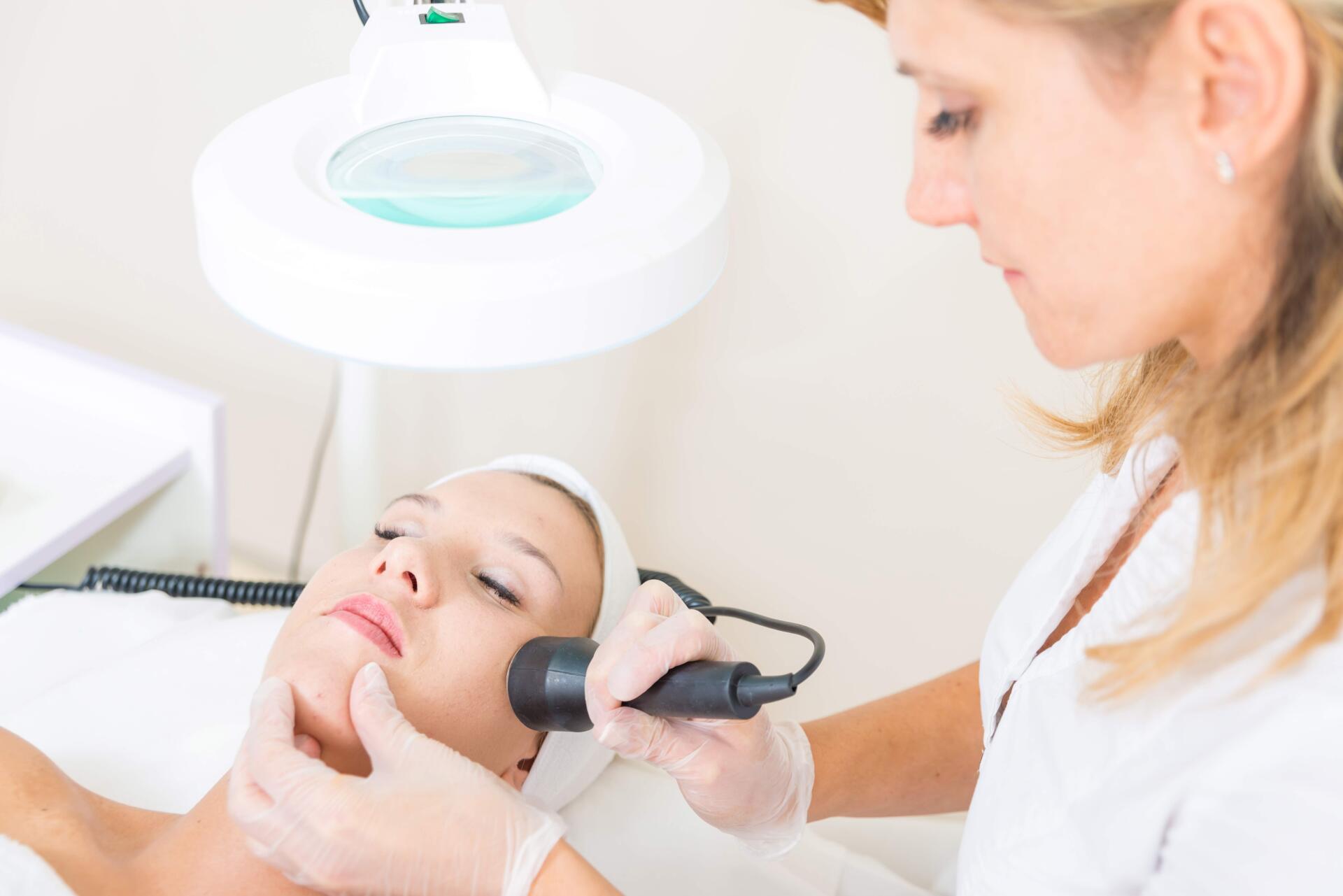Understanding the Surgery Options for Skin Cancer Removal
Skin cancer cells need to be removed to keep them from spreading. Once it's determined that you have skin cancer, you have a few different surgical options for removal. Understanding what's involved in the different options for surgery may make the procedure a little less scary.
Curettage and Electrodesiccation
For skin cancer that doesn't go very deep into the skin, one of the quickest and easiest treatments is for the doctor to use a curette, which has a sharp cutting loop at one end, to scrape away the cancer-containing skin after using a topical anesthetic. Then an electric needle is used to help kill any cancer cells left and help seal the wound.
Cryosurgery
Another option for treating smaller areas of skin cancer is cryosurgery. The doctor applies liquid nitrogen to freeze the skin containing the cancer cells, which then scabs and falls off in approximately one week. Repeat treatments may be necessary, and the skin may appear different than the surrounding skin after healing.
Surgical Excision
For larger or deeper areas of skin cancer, surgical excision may be necessary. Typically, an elliptical area around the cancer cells will be surgically removed and then closed with stitches. Some healthy tissue is removed to make it more likely all the cancer cells are removed. Only local anesthetic is needed in this outpatient procedure.
Laser Surgery
In some cases, the doctor will use a laser to remove the cancer cells. Laser surgery tends to work best in areas that are particularly sensitive because it is usually less painful and heals more quickly. The heat from the laser seals the wound, so you don't usually need stitches and any scar will be less noticeable.
Mohs Surgery
In areas where you want to minimize the loss of healthy skin, such as on the face, surgeons may use a technique called Mohs surgery. It takes longer than regular excisions because the doctor removes just a thin layer at a time, stopping in between each layer to check for cancer cells. When no more cancer cells are found, the surgery is completed.
Lymph Node Surgery
If skin cancer isn't caught quickly, it may spread. The doctor may check your lymph nodes for swelling, as this is a sign of cancer moving from the skin and spreading to other parts of the body. If some swelling is present, the doctor may do a biopsy to look for affected cells or even put you under general anesthesia to remove any affected lymph nodes.
Skin Grafting
If you have a very large area of skin affected by skin cancer, it may not be possible for the skin around the excision to stretch and be stitched back together. In this case, the doctor may need to graft some skin from somewhere else less noticeable on your body over the area. Catching cancer early minimizes the need to do this.





